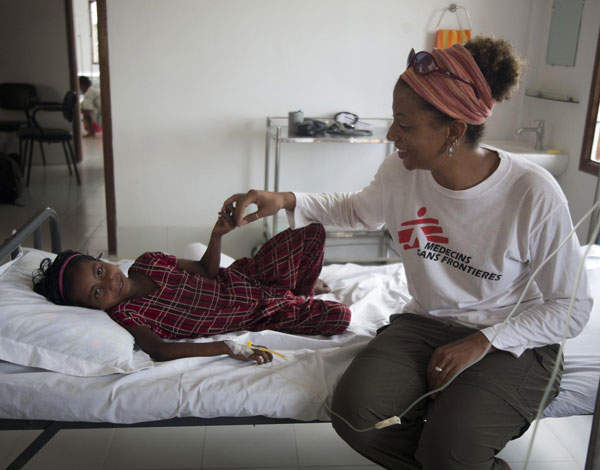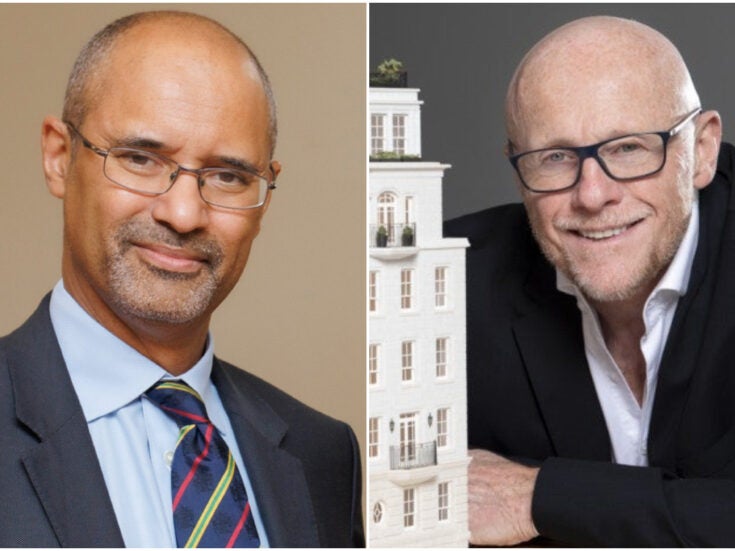

The relationship between charities and the global high net worth population is a vital one. Many of the world’s wealthiest people are actively engaged in philanthropy, as demonstrated by the thirteenth Sunday Times Giving List, released earlier this year.
Tracking donations by more than 280 of those who feature in the title’s Rich List — a record number – it found that a total of £2.387 billion has been given by these high net worth individuals in the past year. In addition, their charitable foundations have more than £14.76 billion of assets for future charitable spending.
Charities rely heavily on these high-level donations. The most recent UK Giving data from NCVO and CAF found that, in 2010 and 2011, 7 per cent of donors gave more than £100 per month, but these donors generated almost half (45 per cent) of the total amount given to charity.
There are a whole range of motivations for why the wealthy give: a sense of duty and responsibility to family and society, personal fulfilment, religious beliefs. There are also many factors that affect how they give, and to which charity: personal experience of an issue, belief in a cause, family ties or proximity to an organisation and its work.
It is this final factor of proximity that charities looking to attract high net worth donors need to pay particular attention to at the moment.
Research from the eighteenth volume of the Wealth Insights series from Barclays, The Rise of the Global Citizen?, has found that the global high net worth population is moving around more: 43 per cent of the world’s high net worth individuals have lived in more than one country and nearly one in ten has lived in four or more. What’s more, this trend intensifies among ultra-high net worth individuals (those with £10 million or more in investable assets).
According to this research, those wealthy individuals who have lived in more than one country are more likely to donate both time and money globally, rather than locally. This suggests as the high net worth population increasingly distributes their wealth across the globe, and more frequently emigrates within their lifetimes, there will be a corresponding impact on philanthropic trends.
This has important implications for both charities dependent on donations from the wealthy community and high net worth donors looking to donate their time and money in the most effective way.
For charitable organisations, they are now competing in a global marketplace and must take an increasingly sophisticated approach to their fundraising, marketing and giving structures. It is no longer solely enough to be the local charity of choice; they must now show real innovation in how they work, as well as robustly evaluating the impact of this work.
For high net worth donors, they need to be focused in their global philanthropic outlook in order to achieve the best results. The ‘scattergun’ method rarely works. It is better to be targeted, and get to know a smaller number of organisations well, while still maintaining some flexibility to give spontaneously to support a particular cause, such as disaster relief, if needed.
Equally, for the more mobile high net worth individuals, it is worthwhile to advise a charity against becoming too dependent on you as an individual, especially if you are planning to move country again in the near future. At the outset, outline how long you plan to have a relationship with a charity as you may move, then review it each year until you move on.
More widely, this trend could be an incredibly positive one for the third sector. With the focus on causes, not borders, and progress, rather than proximity, the relationship between charities and the world’s wealthy individuals could be set to become even more fruitful.
Emma Turner is head of client philanthropy at Barclays Wealth and Investment Management






